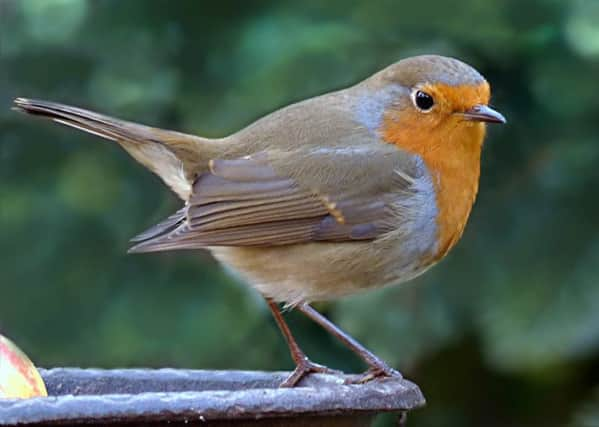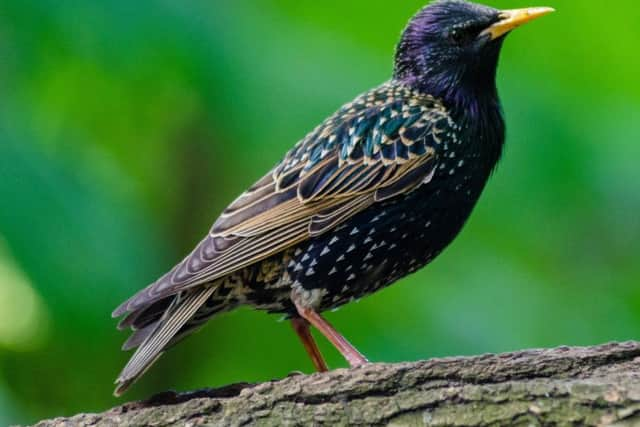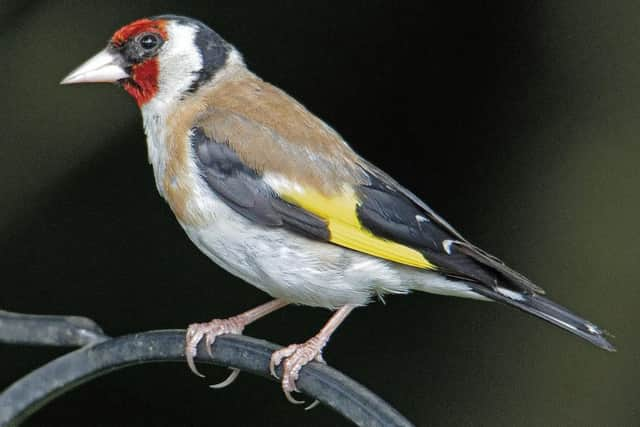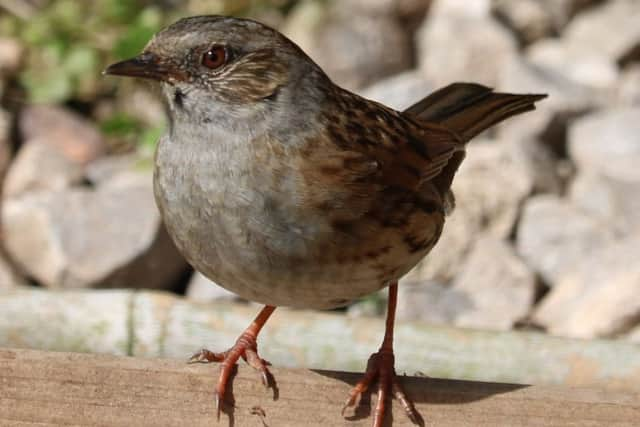Gardening: Count the birds in your garden this weekend


As the format stays the same, the scientific data can be compared year-on-year, creating a ‘snapshot’ of bird numbers across the UK.
The BGB has revealed we have lost more than half our house sparrows and three-quarters of starlings since the survey began. However, blue tit numbers have risen by 20 per cent and the woodpigeon population has increased by 800 per cent.


Advertisement
Hide AdAdvertisement
Hide AdAnyone can join in, whether you have a garden or not. Download an information pack from the Royal Society for the Protection of Birds (RSPB), visit https://www.rspb.org.uk/get-involved/activities/birdwatch/packrequest/
Choose a good place to watch from for an hour during the three-day period of the survey and have a pen and paper to make a note of what you see (there’s also a counting tool on the RSPB website).
If you haven’t got a garden, go to your local park.
Count the maximum number of each species you see at any one time. For example, if you see a group of three house sparrows together and later another two, and after that another one, the number to submit is three – it’s less likely you’ll double-count the same birds.


Even if you don’t see any birds, this is vital information, so the RSPB can establish whether there’s a problem in your area – or if they are just next door.
Advertisement
Hide AdAdvertisement
Hide AdGo to the Big Garden Birdwatch website, log your results, or use a paper form, which is free to post back to the RSPB.
More than eight million birds were sighted in 2017, an increase on the previous year. In 2016, starlings were seen in 40 per cent of gardens, compared with 50 per cent last year.
Regularly feeding birds has a big positive impact, as well as putting up a nest box or gardening with nature in mind.


GET IN TOUCH
l For more information, plus cook what you grow, recipes, environmental news and more, log on to www.mandycanudigit.com (now smartphone friendly), follow me on Twitter @MandyCanUDigIt or you can like me on ny Facebook page at Mandycanudigit
Jobs to do this weekend
Advertisement
Hide AdAdvertisement
Hide AdThere is still time to finish planting fruit trees and bushes, especially raspberries and other cane fruits. Prune autumn-fruiting raspberries by cutting back all growth to an inch long stub and mulch. To extend the picking season, cut half back and leave half to give you extra early fruit.


It’s also time to prune currants – shorten the sideshoots to just one bud and remove old stems from the centre of the bushes.
Leeks may well be standing ready but if a long freeze is likely you can dig some up and heel them in to dug ground for easy access. Parsnips and swedes in the ground can come up when you are ready, cover with fleece or straw.
Bulbs coming up in the rock garden or in containers may benefit from overhead protection from the rain and snow. A sheet of glass or Perspex placed on piles of bricks will do the job.
Advertisement
Hide AdAdvertisement
Hide AdSummer-flowering Dutch iris bulbs can be forced and used as cut flowers.
Sweet peas can be sown under glass, or in a cool room in the house. Any sweet peas that were sown earlier in the autumn can now be potted on.
Root cuttings can be taken of Papaver (perennial poppies), Verbascum (mullein), Acanthus (bear’s breeches) and Phlox.


Cut back ornamental grasses and other perennials left for winter interest.
Advertisement
Hide AdAdvertisement
Hide AdContinue to plant hedging plants, shrubs, trees and climbers. Stakes and rabbit guards should be put in place at the time of planting. Continue to plant roses. Avoid plantingwhere roses were previously growing to avoid replant diseases.
Winter prune apples and pears, concentrating on removing overcrowded growth, crossing stems, and dead, damaged, or dying branches. Aim for an open centre, through which air can circulate, as this will reduce the risk of pests and diseases.
Cut deciduous hedges if necessary. They can still be renovated before leaf emergence.
Ornamental vines, ivy, Virginia creeper and Boston ivy can be cut back now – keep them away from windows, doors, gutters and roof tiles.
Don’t leave houseplants on windowsills behind curtains on frosty nights.